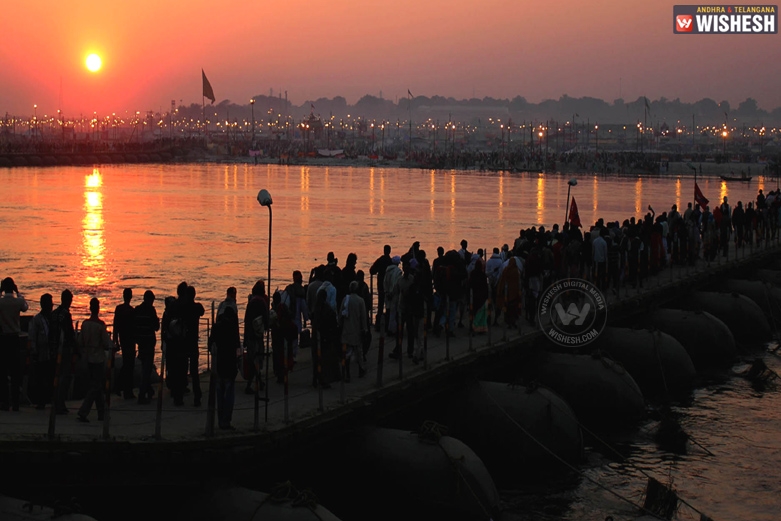
Allahabad or “Settled by God” in ancient Persian (now called Dari), is a name given by Mughal kings to the ancient Prayag, being the second oldest city of India, in the state of Uttar Pradesh. It is located 205 KM south of the state capital Lucknow. Allahabad is accessible by Road, Rail and Air.
The city of Allahabad is among the largest cities of Uttar Pradesh and situated at the confluence of three holy rivers – Ganga, Yamuna and the invisible Saraswati. The meeting point is known as Triveni Sangam and is especially sacred to Hindus. The earliest settlements of the Aryans were established in this city, then known as Prayag. All sins are cleaned with an entry in Prayag (the ancient name of modern time Allahabad) Prayag is one of the historic and mythological cities of India with glorious past and present. It continues to enjoy the distinction of being a place of haunting and lasting memories.
History
The Present Jhunsi area which is very close to Sangam was the kingdom of Chandrabanshiya (lunar clan) king Pururava. Nearby Kaushambi bloomed to prosperity during Vatsa and Maurya Rule. The earliest monument of antiques, Ashok Pillar with inscriptions of the third century B.C. clears the inscriptions of his directions to his fellow Rajas and praise of King Samudragupta. The Chinese traveler Huan Tsang in 643 BC found Prayag inhabited by many Hindus who regarded the place very Holy. In ancient times, the city was known as Prayag (place of the confluences). For Hindus, Prayag and the district of Kaushambi are important parts of their territory. The area became a part of the Mauryan and Gupta Empires of the east and the Kushan Empire of the west before becoming part of the Kannauj Empire.
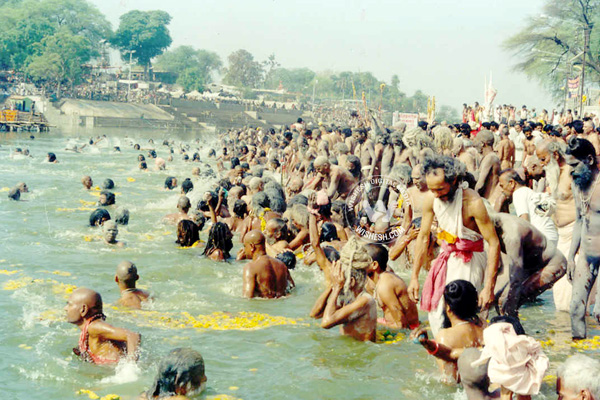
Allahabad became a part of the Mughal Empire after their invasion of India in 1526. In 1575 AD Emperor Akbar founded the city by the name of “Illahabas” which has now become Allahabad, “The City of Allaha” impressed with the strategic importance of the Sangam. In medieval India the city enjoyed the honour of being the religio-cultural center of India. For a long time it was the provincial capital of the Mughals. Later it was captured by the Marathas
The Founder of Sikh Religion Guru Nanak Devji Visited Allahabad, then known as Prayag and the Ninth Sikh Guru Tegh Bahadur visited Allahabad in 1666 and Sikh Religion was preached in this City.
In 1765, the British established a garrison at Allahabad fort. From 1801 AD British history of the city begun, when the Nawab of Oudh ceded it to the British Throne. British army used the fort for their military purposes. During 1857 AD the town was the centre of the war of Independence and later became the crucible of Indian Freedom Movement against British. In 1857, Allahabad was active in the Indian Mutiny.
In 1858 AD The East India Company officially handed over India to British Government here at Minto Park. After the first war of independence the town was named “Allahabad” and was made the capital of the United Province of Agra and Oudh. In 1868 AD it became a seat of Justice when the Allahabad High Court was established.
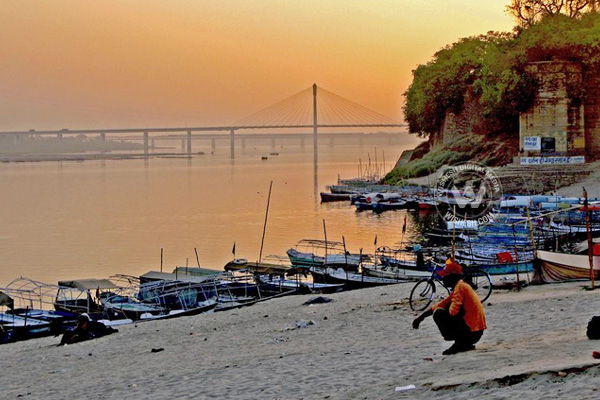
1871 AD British architect Sir William Emerson erected a majestic monument All Saint Cathedral, thirty years before he designed the Victoria Memorial in Kolkata. In 1887 AD Allahabad became the fourth oldest University. Allahabad has been rich in numerous Victorian and Georgian buildings made in synthesis with Indian architectural traditions.
This city was the heart of the Indian Freedom Movement against the British rule with Anand Bhawan being the epicentre. It was in Allahabad, Mahatma Gandhi proposed his program of non-violent resistance to liberate India. From the days of civilization Allahabad has been seat of learning, wisdom and writing. It is the most vibrant, politically spiritually conscious and spiritually awakened city of India.
In 1931, at Alfred Park in Allahabad, the revolutionary Chandrasekhar Azad killed himself when surrounded by the British Police.
Legends
The ancient name of the city Prayag (Sanskrit refers to it as a “place of sacrifice”) and is believed to be the spot where Brahma offered his first sacrifice after creating the world. It is one of four sites of the mass Hindu pilgrimage Kumbh Mela, the others being Haridwar, Ujjain and Nashik. It has very importance in Hindu scriptures for it is situated at Triveni Sangam, the confluence of the holy rivers Ganga, Yamuna, and the invisible Saraswathy.
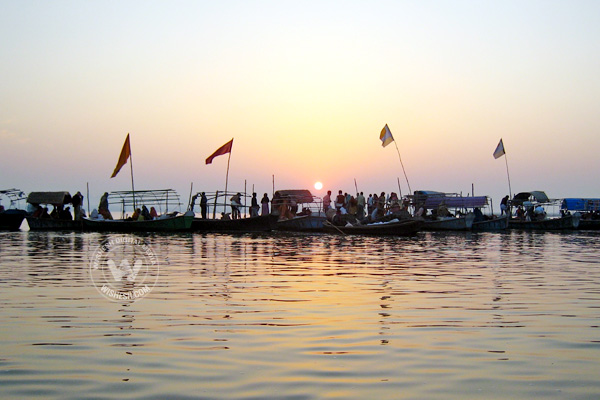
Its sanctity is manifested by references to it in Purans, the Ramayan and the Mahabharat. According to Hindu Mythology, Lord Brahma, the creator God of the Trinity, chose a land on earth (i.e. Prayag) to perform ‘Prakrista Yag’, at the beginning of the creation and he also referred to it as Tirtha raj or the King of all pilgrimage centres’ As per writing of ‘Padma Puran’ – “As the sun is amongst the moon and the moon amongst the stars, likewise ‘Prayag is best amongst all places of pilgrimage”. In Brahma Puran it is mentioned that bathing in the month of Magha at the Sangam of Ganga-Yamuna-Saraswathy in Prayag bestows results of millions and millions of Ashvamedha Yajna.
Prayag is the birth place of Som, Varuna and Prajapati. Prayag has been associated with mythological personalities in Brahmanical (Vedic) and Buddhist Literatures. It was the seat of the great Sage Bhardwaj, Sage Durvasa and Sage Pannas. Sage Bhardwaj lived here circa 5000 BC and taught more than 10000 disciples. He was the greatest philosopher of the ancient world.
Kumbh Mela
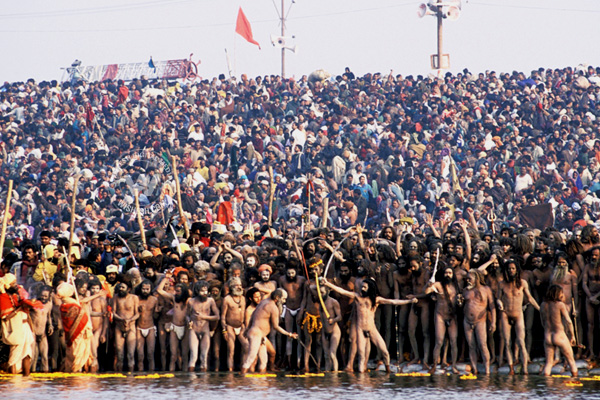
Every year thousands gather at Allahabad to take part in the festival on the banks of the Ganges, the Magh Mela. The same festival is organized on a larger scale every 12th year and attracts millions of people and is called the Kumbha Mela. Kumbh Mela (especially the Maha Kumbh Mela) is the most sacred of all the pilgrimages. Thousands of holy men and women (monks, saints and sadhus) attend, and the auspiciousness of the festival is in part attributable to this. The sadhus are seen clad in saffron sheets with plenty of ashes and powder dabbed on their skin as per the requirements of ancient traditions. Some called Naga sanyasis or ‘Dhigambers’ may often be seen without any clothes, even in severe winter, generally considered to live an extreme lifestyle.
Sangam
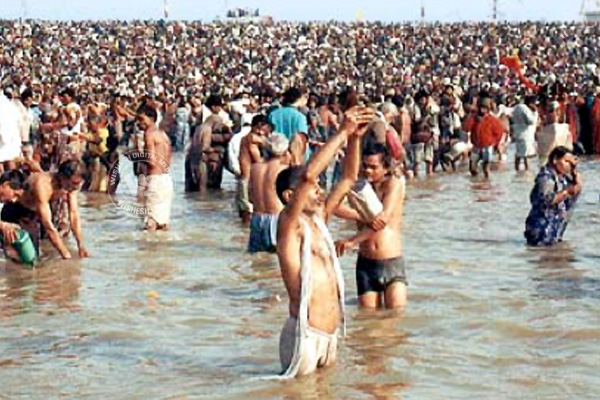
Located approximately 7 km from Civil Lines, it is actually the confluence of three holy rivers Ganga, Yamuna, and Saraswati. As per Hindu tradition Triveni Sangam is the confluence of three rivers. Sangama is the Sanskrit word for confluence. The point of confluence is a sacred place for Hindus. A bath here is said to wash away all of one’s sins and free one from the cycle of rebirth. Here the mud and pale-yellow waters of the Ganges merge with the blue waters of Yamuna. While the Ganges is only 4 feet deep, the Yamuna is 40 feet deep near the point of their nexus. The river Yamuna merges into the Ganges at this point and the Ganges continues on until it meets the sea at the Bay of Bengal. At the confluence of these two great Indian rivers, where the invisible Saraswati conjoins them, the many Tirtha yatris take boats to bathe from platforms erected in the Sangam.
Allahabad Fort
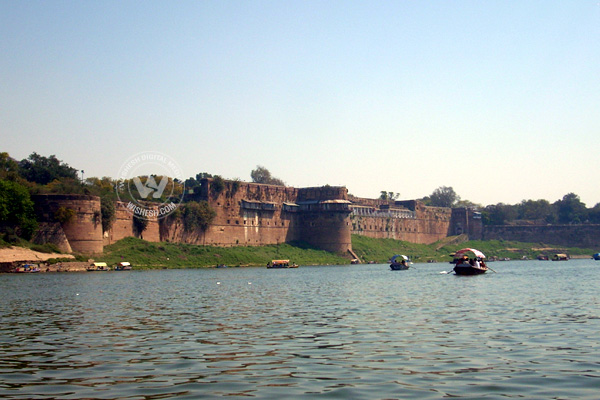
Allahabad Fort at Allahabad, Uttar Pradesh, India was built by Emperor Akbar in 1583. The fort stands on the banks of the Yamuna near the site of confluence with river Ganges. It is the largest fort built by Akbar. In its prime, the fort was unrivaled for its design, construction and craftsmanship. This huge fort has three galleries flanked by high towers.
The outer wall is intact and rises above the water’s edge. Inside the fort there is the Zenana, Palace of Mariam-uz-Zamani and the 3rd century BC Ashoka pillar and Saraswati Koop as well, said to be the source of the Saraswati River. The Patalpuri temple is also here.
Patalpuri Temple and Akshaya Vat
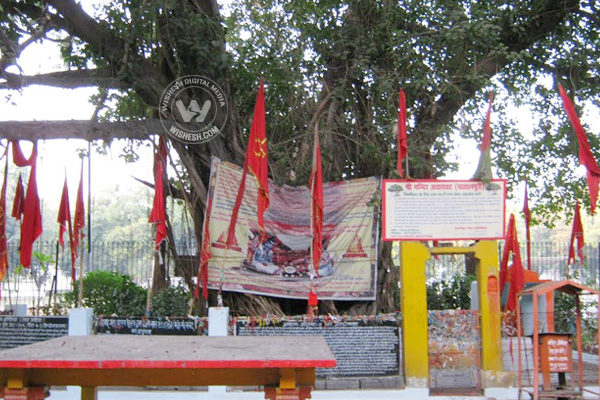
Located in the Allahabad Fort, this is actually an underground temple, alluding to associations with Lord Rama. The famous Akshaya Vat one of the most revered trees of the Hindus is also sited within the temple. It is believed that Lord Rama has visited this temple. Famous Chinese traveler and writer Huan Tsang also visited the temple. The undying banyan tree or ‘Akshayavat’ within the Patalpuri temple has found state in the account of several ancient scriptures, writers and historians. This place of worship inside the Fort is an important place of pilgrimage. It dates from the epic age. Huan Tsang, the Chinese traveler who visited the Fort in 634 AD during his journey through India, mentioned its imprinted stone divinity. It became an underground holy place when Akbar constructs his Fort over and around in 1583. A permit from the Ordnance Depot or the Tourist Office is required for visiting the Patalpuri Temple and the Akshaya Vat. It is near the southern wall and is one among the many frees seen from outside the south wall of the fort.
Hanuman Mandir
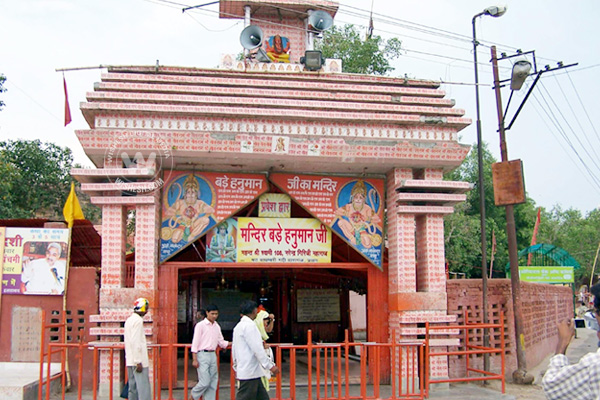
Located near the Allahabad Fort, it is famous for the image of the reclined position of Lord Hanuman. The idol of Shri Bade Hanumanji, situated in Sangam Kshetra is very magnificent and gorgeous. This idol is lying in Veermudra. The broad forehead, large arms, wide waist spontaneously arouses the feelings of valour in the minds of devotees. Thus the devotee becomes completely overpowered by devotion. The place where the idol of Shri Bade Hanumanji is laid, it is believed that it sets the mixed holy waters of Mother Ganga, Yamuna and Saraswati in an intrinsic and an unseen way continuously.
Under the right foot of Shri Bade Hanumanji’s idol the statue of Ahirawan is situated; which is, being looked at as the destroyer of ill-feelings and bad-actions; under the left foot of the idol of Shri Bade Hanumanji the statue of Kamada Devi who is considered the Goddess of willpower and is Aradhya Devi of Ahiravana. Near the idol of Shri Bade Hanumanji and towards forehead the idols of Shri Ram Ji and Laxman Ji are situated. By seeing these symbols, it seems that this idol of Shri Bade Hanumanji is full of feelings of victory upon foes.
By Premji





